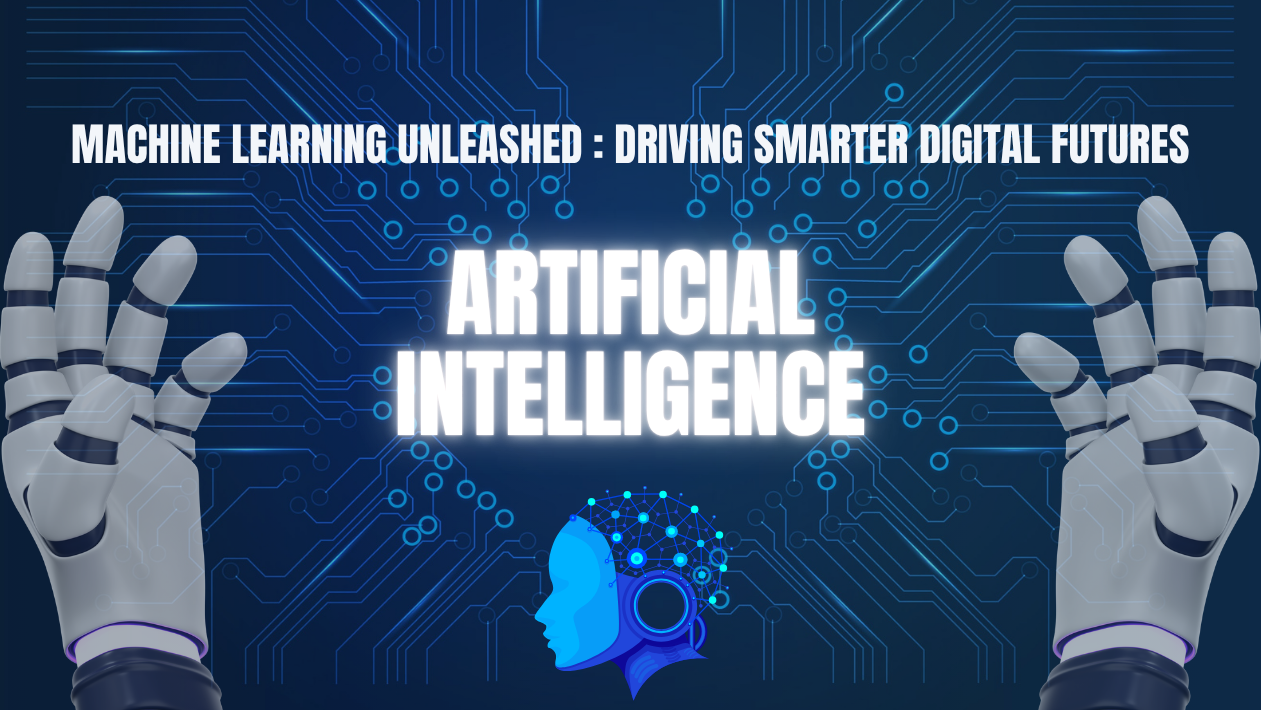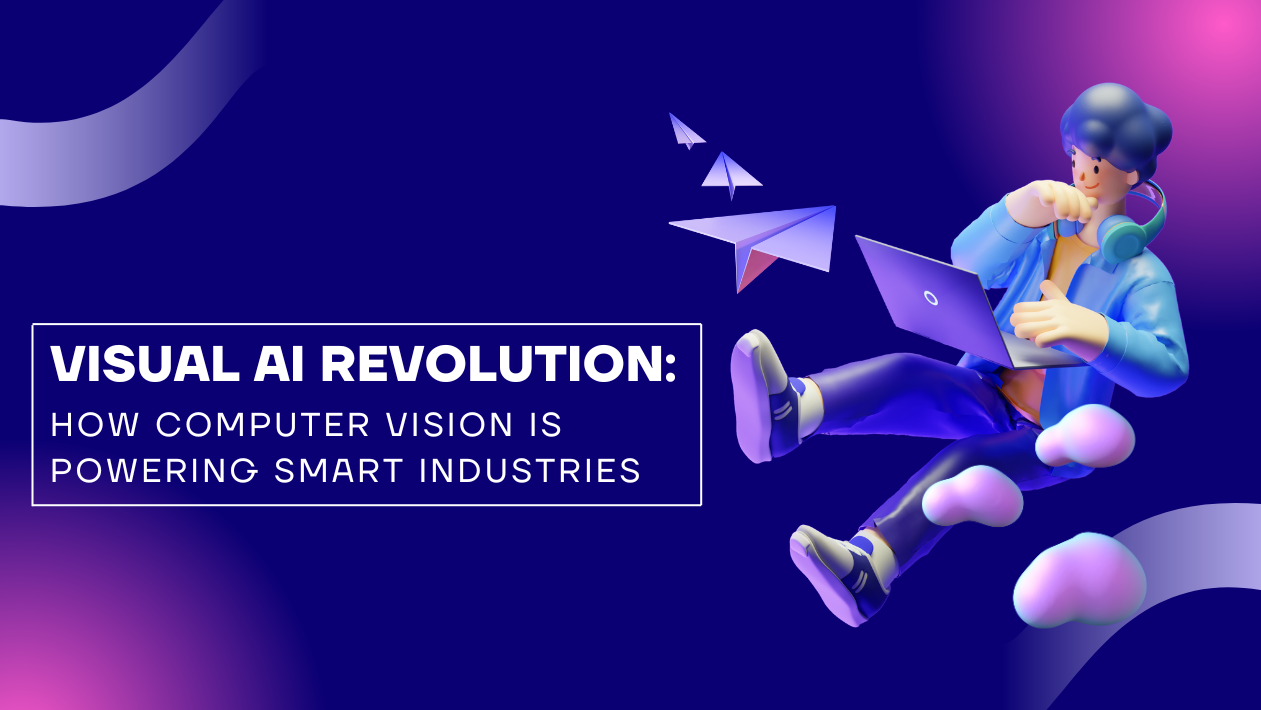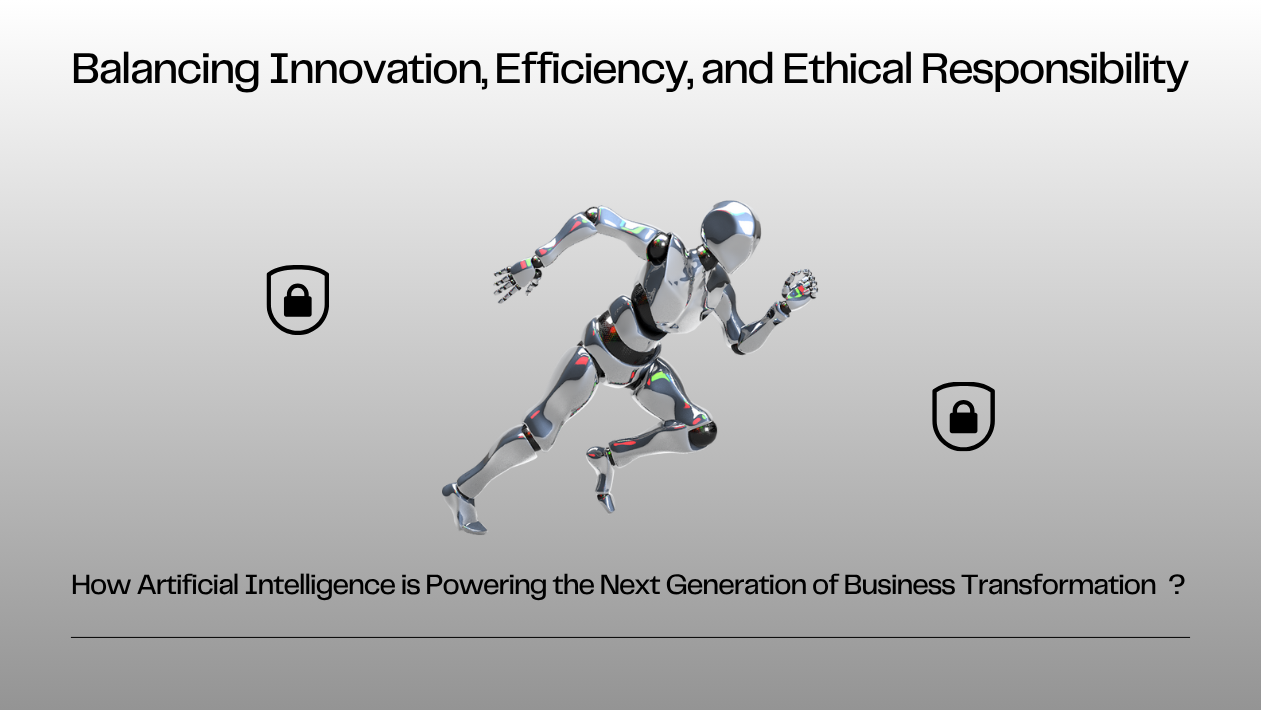In the rapidly evolving landscape of security, artificial intelligence (AI) and computer vision are revolutionizing surveillance systems. Traditional security cameras are being replaced or augmented by intelligent systems capable of real-time analysis and decision-making.
One notable advancement is the integration of AI in public safety measures. For instance, the Tirumala Tirupati Devasthanams (TTD) board in India is deploying AI-powered facial recognition technology to enhance security and manage large crowds at the Tirumala Temple . This approach not only improves safety but also streamlines the experience for pilgrims.
Similarly, New Orleans is exploring the use of live AI-enhanced facial recognition surveillance networks to bolster law enforcement capabilities . While these technologies offer significant benefits, they also raise concerns about privacy and data security, necessitating robust regulatory frameworks.
The Tech Whale is at the forefront of developing AI-driven surveillance solutions tailored for B2B clients. Our systems leverage advanced computer vision algorithms to provide real-time threat detection, anomaly recognition, and predictive analytics, ensuring proactive security measures.
Edge computing is another critical component, enabling data processing at the source and reducing latency. This approach is particularly beneficial in scenarios requiring immediate responses, such as unauthorized access detection or emergency situations.
Moreover, integrating AI with existing security infrastructure allows for seamless upgrades without the need for complete overhauls. This integration ensures cost-effectiveness and minimal disruption to ongoing operations.
However, the deployment of AI in surveillance must be accompanied by stringent data governance policies to protect individual privacy rights. Transparency in data collection, storage, and usage is paramount to maintain public trust.
In conclusion, AI-powered surveillance systems represent a significant leap forward in security technology. By embracing these innovations, organizations can enhance safety, efficiency, and responsiveness in their operations.




